The good, the bad and the ugly: some thoughts on MWC 2017
This article may contain personal views and opinion from the author.
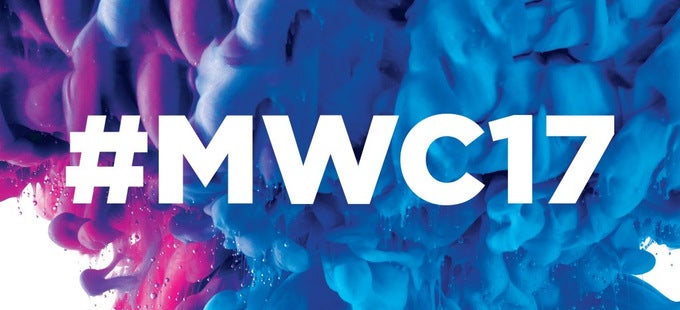
Here are some thoughts on this year's MWC
For what it’s worth, however, some of the new devices this year were still pretty cool, even if they weren’t as groundbreaking. Then again, some things were less than good, too, and a bunch of stuff even bordered on the awful, but, of course, everything is subjective, and even more so in the smartphone world, where one man’s must-have feature can be another’s dealbreaker. Still, this particular author has opinions™, and isn't afraid of sharing them with you, so buckle up:The good
LG G6
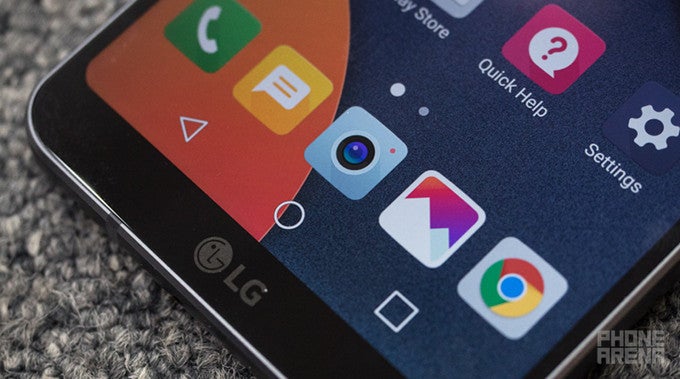
Like it or not, LG’s newest flagship certainly has people excited, thanks to the company’s strategy of slowly shining a spotlight on the phone’s features way before its official reveal. This, combined with the weirdly high amount of leaks, made the G6 the definite winner of this year’s MWC before the event even started. The device is definitely a much better contender for the top spot in the flagship race than its predecessor, the G5, as it ditched the modular gimmick and focused on the features users actually need.
Huawei P10 and P10 Plus
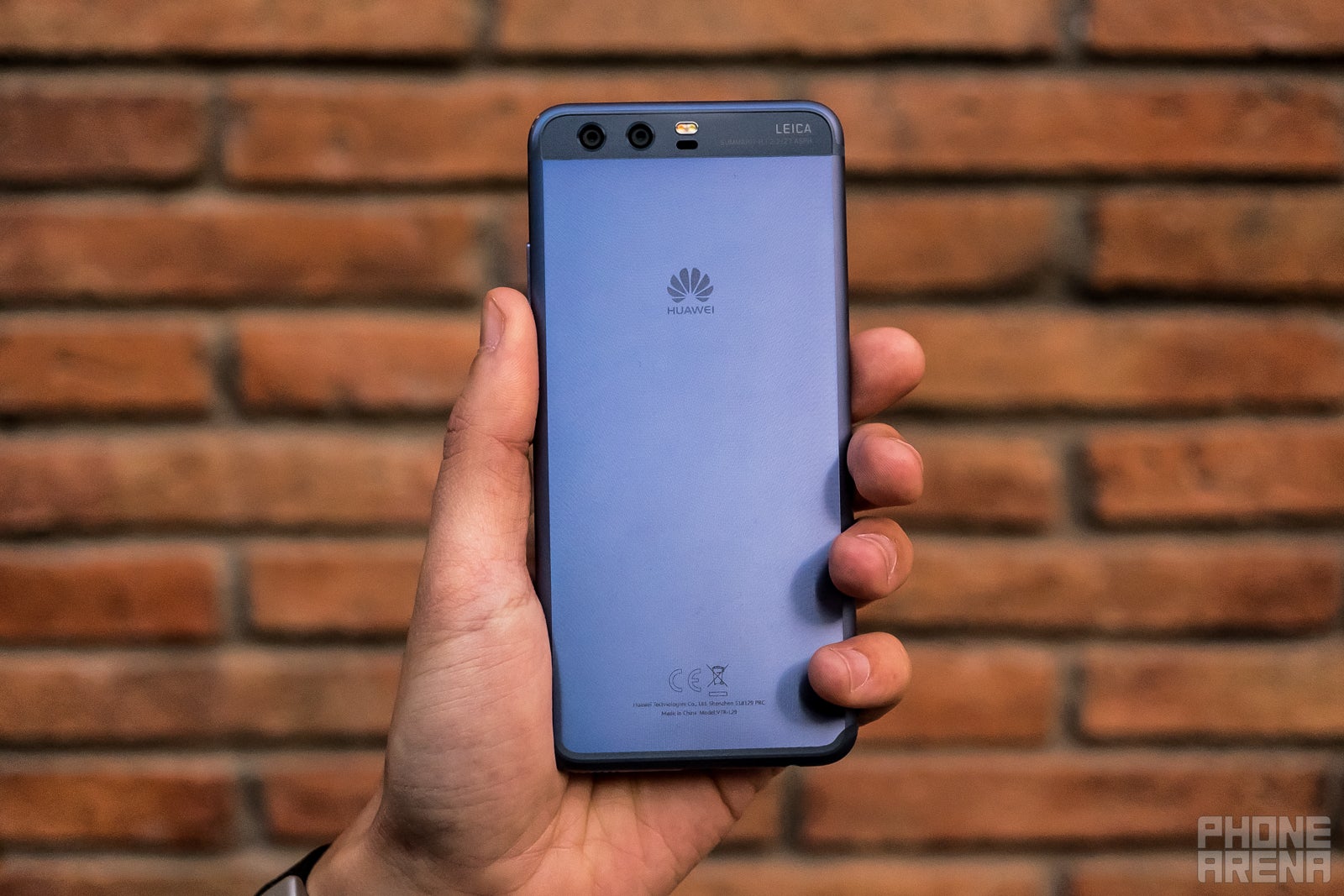
While Huawei has little market presence in the US, it’s still an important device manufacturer in Asia and Europe, and has been consistently releasing quality smartphones for years. The newly-revealed P10 and P10 Plus continue that tradition by closely following in their predecessors’ footsteps: in fact, one could criticize the company for making them almost identical to last year’s P9 and P9 Plus. But why fix what wasn’t broken in the first place?
Where the new flagships shine the most is their looks: following Huawei’s recent partnership with Pantone, the P10 and P10 Plus come in a variety of new colors, and feature one of three different finishes. One of them, dubbed “Hyper Diamond-Cut”, promises no fingerprint marks and no scratches, which is a welcome addition for many. The devices also offer top-of-the-line specs, including good front and back Leica-branded shooters, making them more than capable of serving power users’ needs.
Nokia / HMD Global
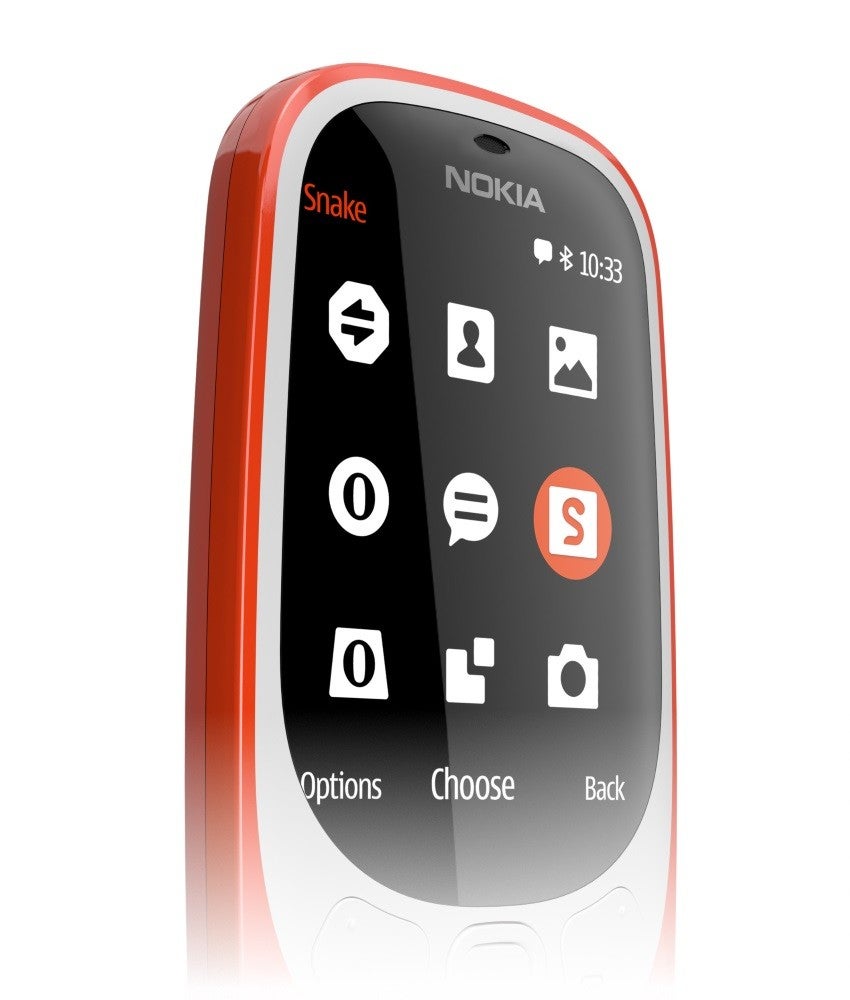
The bad
BlackBerry and Alcatel
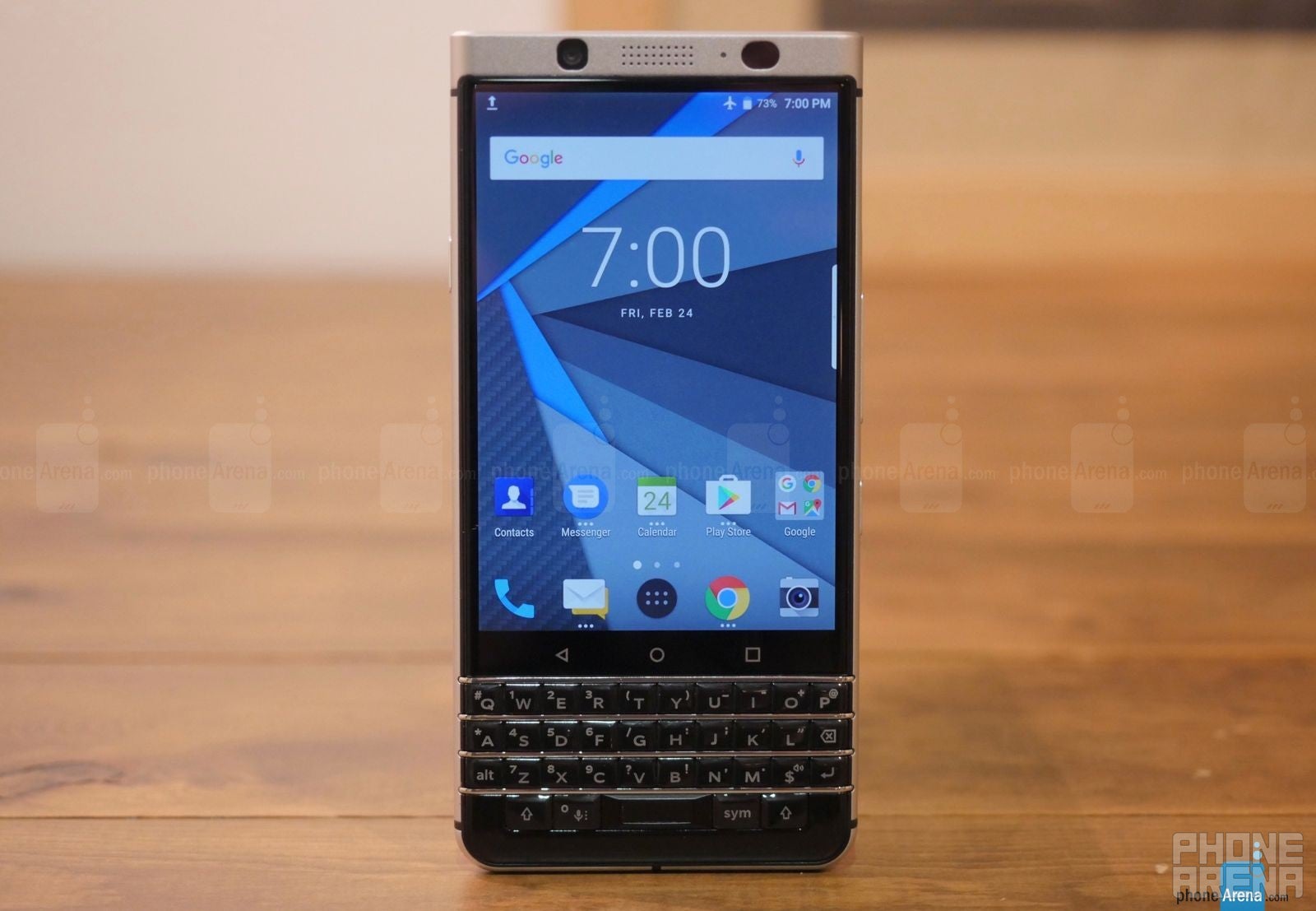
Both of TCL's brands disappointed in their own way
Here’s a lesser-known fact: TCL Corporation, the manufacturer that bought the rights to the BlackBerry name, also owns the Alcatel brand. Both of them, however, managed to disappoint in their own unique way. The BlackBerry KeyOne, previously known as the Mercury, is actually a pretty fine device, but the company has once again decided to price it at an exorbitant price which firmly does not fit the specs, no matter the brand they’re attached to. Meanwhile, the Alcatel division has only showed a bunch of low-to-mid rangers with little to no oomph. Then again, the company has always relied more on selling extremely cheap phones than it has on specs, so there's little surprise there.Samsung's bet on tablets

Hey, Samsung, the ultra secretive approach to device reveals only works when people aren’t leaking said devices left and right. So how about you stop pretending we don’t already know pretty much everything there is to know about the S8 and S8+ and finally unveil them? Or even better, implement better security practices next time, so we don't have to go through the same ordeal again.
While the new tablets the company showed off were somewhat impressive, the market for them certainly isn’t, no matter what the company says, and chances of Samsung singlehandedly revitalizing it are pretty slim. Or, in other words: these devices won’t sell nearly well enough to merit being the centerpiece of the biggest press conference at the biggest mobile event of the year. So thank you, Samsung, but that was a miss.
The ugly
The ZTE Gigabit phone
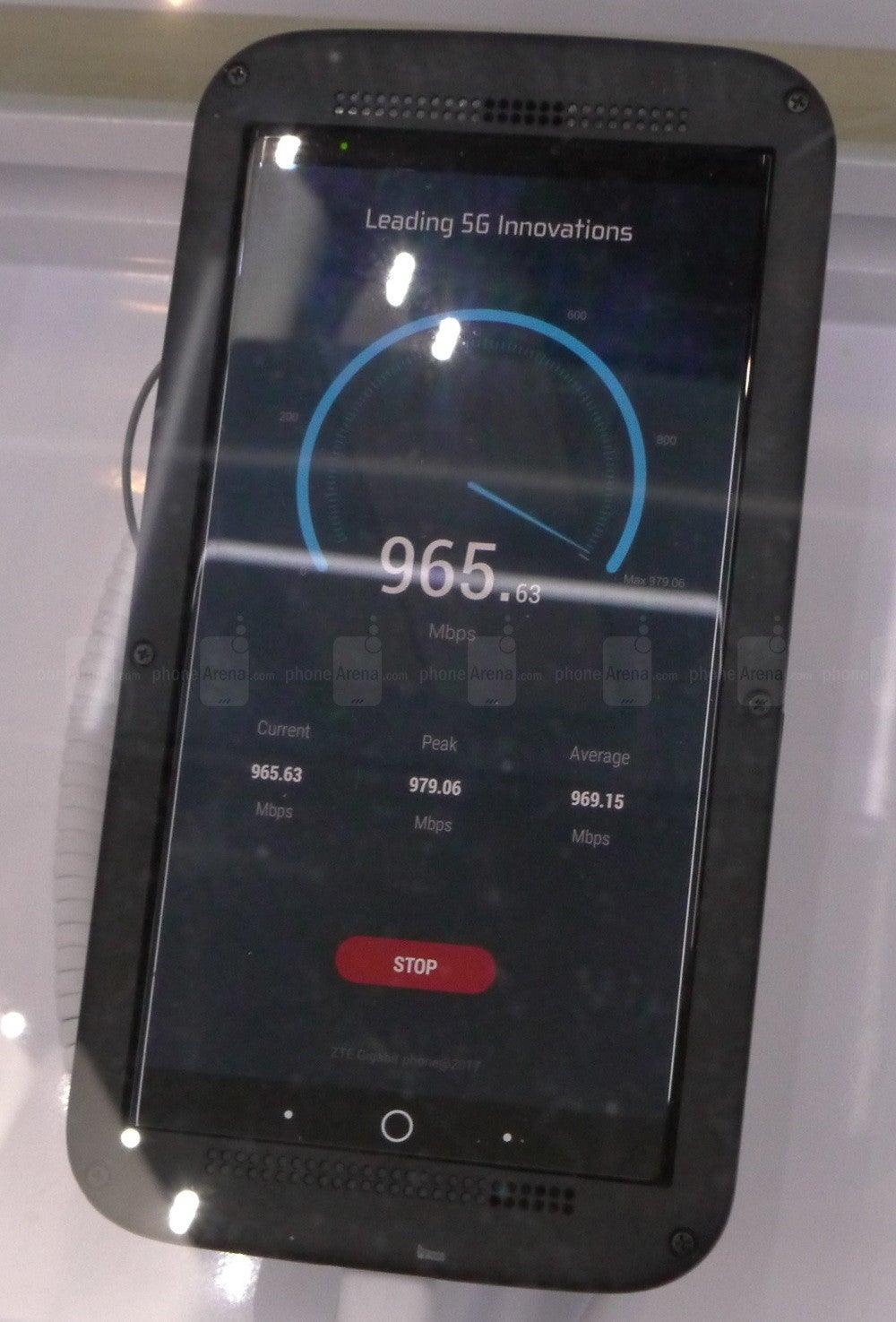
Sony’s atrocious naming scheme

Even in a market notorious for its difficult-to-comprehend device names, Sony’s Xperia line still manages to be the worst offender by a long shot. Sure, the devices themselves look pretty okay specs-wise, but why does Sony expect anyone to care, when its newest flagship, the XZ Premium, is named almost literally the same as a device from last year? Oh, and there’s also the XZs, which does nothing but further complicate the matter.
And how come the sequel to the XZ is called the XZ Premium, but the sequel to the XA is the XA1? And let's not forget that there's also an XA1 Ultra variant, which complements last year’s XA Ultra, and those are just the latest devices. This lack of consistency, combined with the almost identical look of most Xperia phones for the past few years, kills pretty much any hope of meaningful brand identity for Sony, no matter how good the actual devices are.
And how come the sequel to the XZ is called the XZ Premium, but the sequel to the XA is the XA1? And let's not forget that there's also an XA1 Ultra variant, which complements last year’s XA Ultra, and those are just the latest devices. This lack of consistency, combined with the almost identical look of most Xperia phones for the past few years, kills pretty much any hope of meaningful brand identity for Sony, no matter how good the actual devices are.
Wrap-up
MWC 2017 was huge and flashy, yet still slightly underwhelming
So here we are: MWC 2017 was undeniably huge, but still, we were left a bit underwhelmed – companies kept on trucking pretty much the same way they have been for years, for better or worse. While the stars of the show were certainly impressive, I still found myself wanting more, as almost every company in attendance chose to play it rather safe. Granted, there were a few curveballs, such as the new Nokia 3310, or the Xperia Touch, but they were made mostly for enthusiasts, more PR stunts than real products.Still, all opinions are subjective, so what did you think of this year's Mobile World Congress – was it a letdown or a success? Feel free to let us know in the comments below.
Follow us on Google News









![A new Android bug is making it impossible to install new apps. Are you affected? [UPDATE]](https://m-cdn.phonearena.com/images/article/176703-wide-two_350/A-new-Android-bug-is-making-it-impossible-to-install-new-apps.-Are-you-affected-UPDATE.webp)

Things that are NOT allowed:
To help keep our community safe and free from spam, we apply temporary limits to newly created accounts: